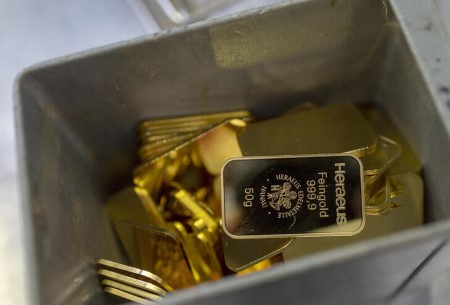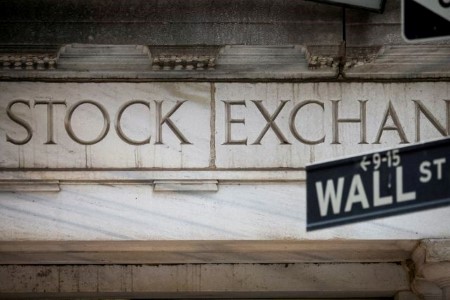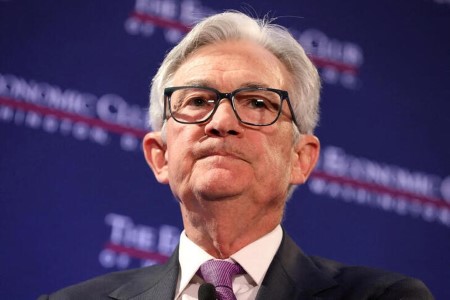March 1 (Reuters) – A bumper data dump on Wednesday kicks off the new trading month in Asia, with China’s manufacturing PMI report for February and fourth quarter Australian GDP among the most important releases for investors.
Market sentiment going into these and a host of other numbers from across the continent is likely to be fairly neutral after Wall Street closed February with a lackluster performance on Tuesday.
To recap, the S&P 500 closed February down 2.6% and the Nasdaq lost 1%, but that wasn’t bad – the MSCI World Index fell 3% and MSCI Asia ex-Japan lost 7%, erasing almost all of January’s gains. Asian stocks have only risen two months out of the last 14.
Traders in Asia will be hoping for some encouraging signs in the economic data to get markets off to a positive start for the month. Assuming ‘good news is good news’, that is.
How is China’s economic reopening from zero-COVID policies progressing? Purchasing managers index figures will give the most up-to-date snapshot of the huge manufacturing sector, and economists polled by Reuters reckon growth is picking up pace.
The latest manufacturing PMI data from Japan, India, Australia, and several other countries across the region will also be released on Wednesday.
Another Reuters poll suggests the quarterly pace of GDP growth in Australia accelerated to 0.8% in the October-December period last year, but the annual pace more than halved to 2.7%. International trade is expected to have been a major driver thanks to a boom in resource exports.
Australian and Indonesian inflation figures for January are expected to be a mixed bag. In the current climate of markets repricing the global rate outlook significantly higher, mixed, or forecast-matching numbers may not be enough to keep the hawks at bay.
The annual rate of Australian consumer inflation is expected to slow, but tick higher in Indonesia. Current rates pricing points to the Reserve Bank of Australia raising interest rates by another 100 bps this year, while Bank Indonesia policymakers indicated in February that their hiking cycle is over.
(By Jamie McGeever; Editing by Josie Kao)







 DOWNLOAD
DOWNLOAD







